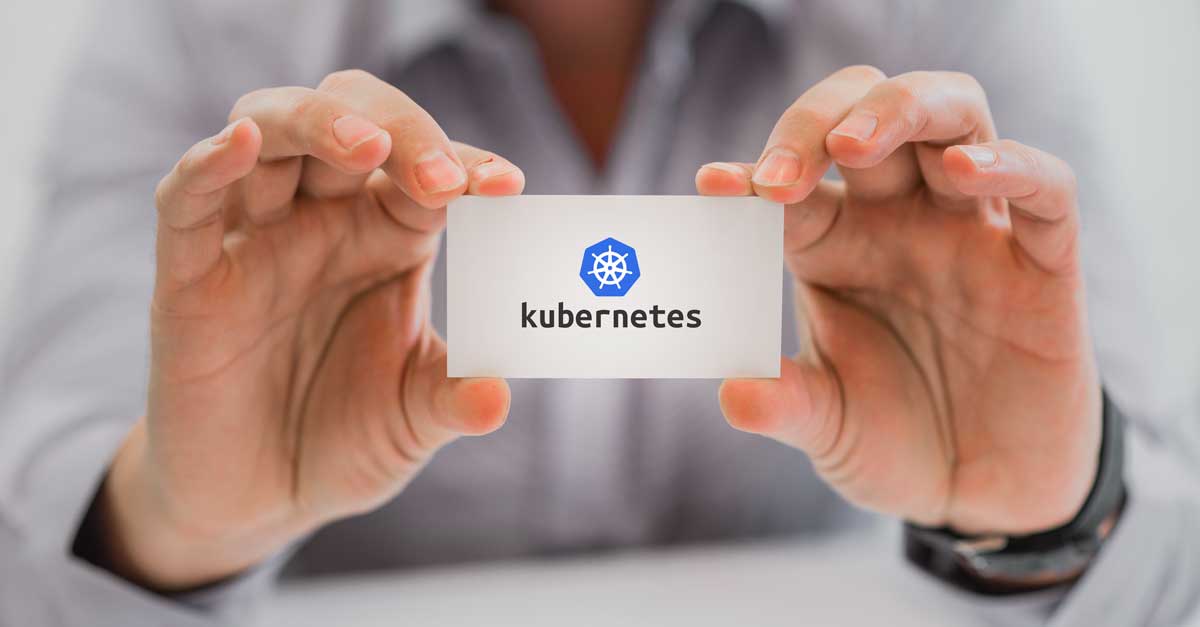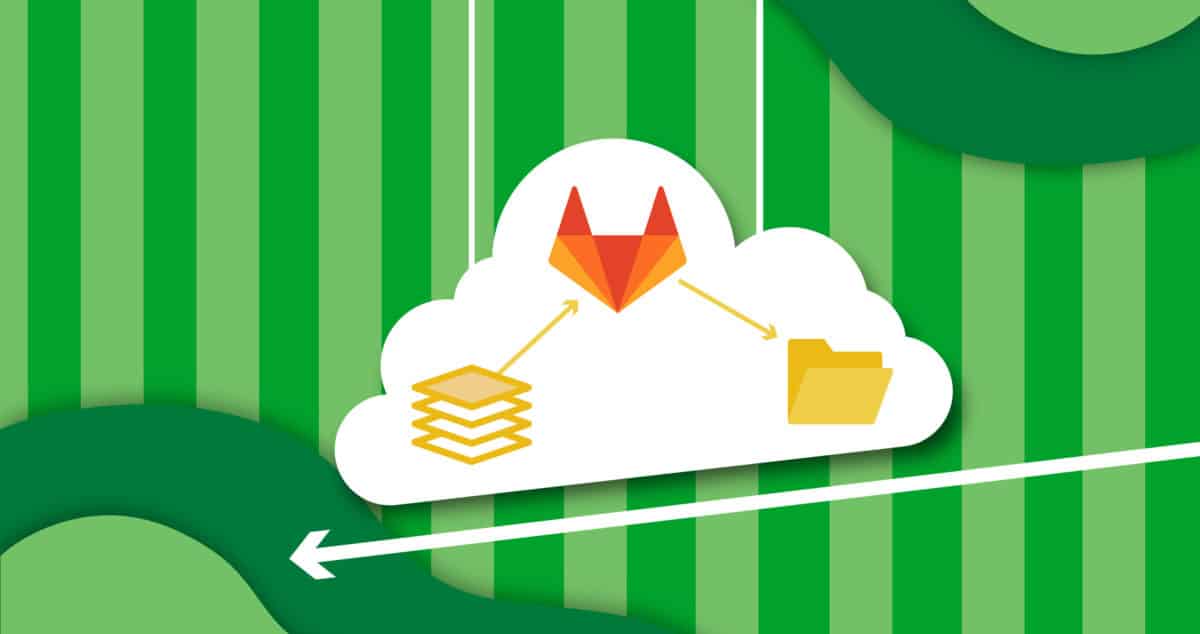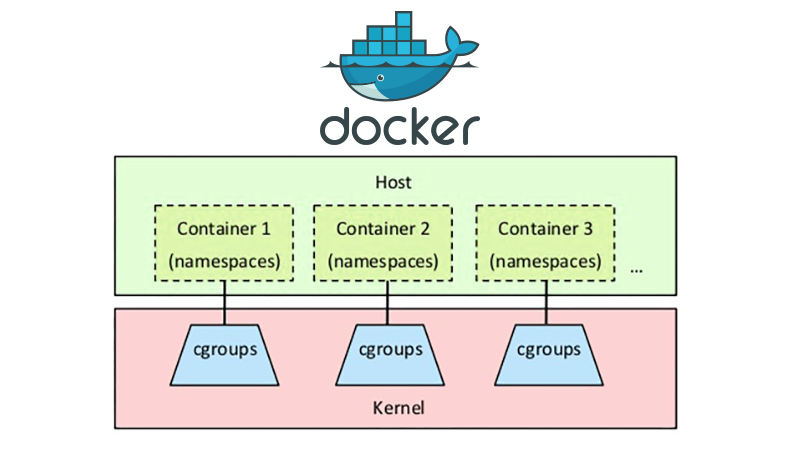PaaS stands for Platform-as-a-Service. These platforms serve to provide cloud computing services to modern businesses. However, there is no singular, one fits all definition for everyone. There are various aspects that are unique for different types of PaaS cloud solutions. Similarly, even the way we define cloud computing service models varies from case to case. Generally speaking, PaaS is a …
Getting to Know Kubernetes
Container Technology and Docker The idea of using containers for deployment in an application environment is not new. People have been using it for several years and with much success. With the help of containers, developers are able to isolate an application’s coding and configuration in an executable package. This prevents needless interference and hangups that would only slow down …
Host your own Git Repositories with GitLab
In this post, I am going to demonstrate the installation of GitLab. With GitLab, we can host our own repositories at a central place with the ease of the Git features. GitLab is the first single application for all stages of the DevOps lifecycle. Only GitLab enables Concurrent DevOps, unlocking organizations from the constraints of the toolchain. In addition, GitLab …
HowTo: CGroups
Well, as you know, GNU & Linux are awesome. Why? Because we have Control Groups (CGroups)! In this post you’ll learn how to: Protect critical system processes for both memory and CPU. A walkthrough video implementing cgroups on a live running server Set up an example implementation of CGroups or SystemD slices. Keeping Everything under Control You can use CGroups …
Manage Docker resources with Cgroups
Last month I spoke at ApacheCon about Cgroups. It appears as very few Linux users (including yours truly until not too long ago) are familiar with Cgroups and their power. This is a pity, because Cgroups are very powerful, and allows you to allocate resources on your servers in a far more granular fashion than any other tool available in …
An introduction to server provisioning with CloudInit
This month we announced a very exciting partnership with Canonical, the makers of Ubuntu. Above all, the main element in this partnership is the introduction of full CloudInit support between the CloudSigma cloud and Ubuntu. An introduction to CloudInit If you’re not familiar with CloudInit, it is the industry standard for bootstrapping cloud servers. To clarify, if you are using …
Five Tools You Need for Your Cloud Deployment
You have finally managed to get up and running with your application. It runs great. You’re happy and you’re customers are happy. One morning you wake up with an inbox full of angry customer emails and your Twitter feed full of complaints. While you were sleeping, something broke. You just didn’t know about it until this morning when you checked …
An update to CloudSigma’s Ansible module
Recently, we announced an Ansible module for CloudSigma (or rather, a Dynamic Inventory backend). I’ve personally started to use Ansible more and more for performing simple tasks. It did however become somewhat cumbersome to use when you have a larger pool of servers. While still not available in the web app, we have supported Tags for grouping resources for some …
Using Ansible with CloudSigma
In a recent article I wrote about how you can use Salt to manage your CloudSigma infrastructure. However, another tool mentioned in that article was Ansible, which is in many ways similar to Salt. Since we’re all about choice here at CloudSigma, I thought it was only fair to also provide Ansible-users (or aspiring users) with an easy way to …
Spice up your servers with Salt
In recent times, the automation tool Salt has gained a lot of attention. In fact, Salt, along with Ansible, are seen by many as refreshing alternatives to the more established automation tools Puppet and Chef. Recently, a new tool was added to the Salt stack named salt-ssh, which enables you to manage servers without having to install any tools on …
CloudSigma API v2.0 is now supported in jclouds
This is a guest post by Ignasi Barrera, a PMC member on the Apache jclouds® project and active contributor to jclouds. What is jclouds? Apache jclouds® is a cloud agnostic library for the JVM that enables developers to access over 30 cloud providers using one API. It provides common interfaces to access different services in the cloud, allowing users can …
Simplifying maintenance with fabric and pycloudsigma
When you’re working with a cloud infrastructure, it’s pretty common that you need to perform the same task on all your servers. Perhaps you need deploy a hotfix, or simply just check what kernel version your servers are running. The traditional sysadmin way of doing this was to simply write a for-loop in shell-script which fires off the execution of …
- Page 2 of 2
- 1
- 2










